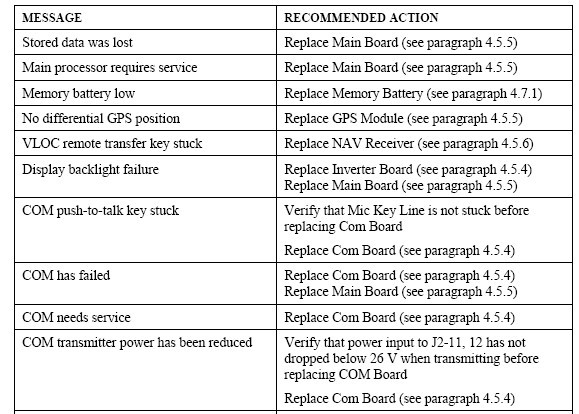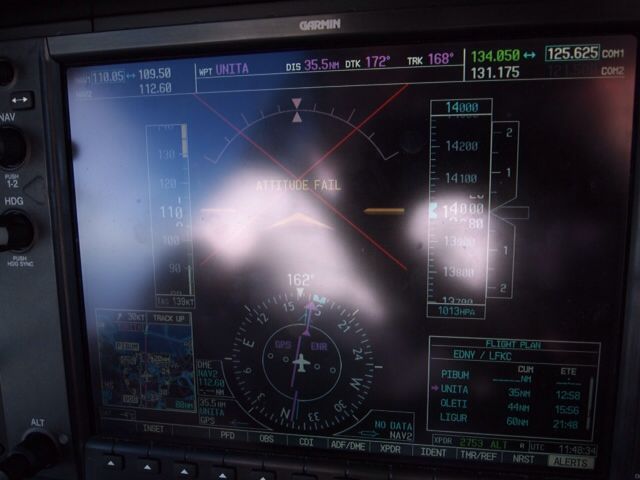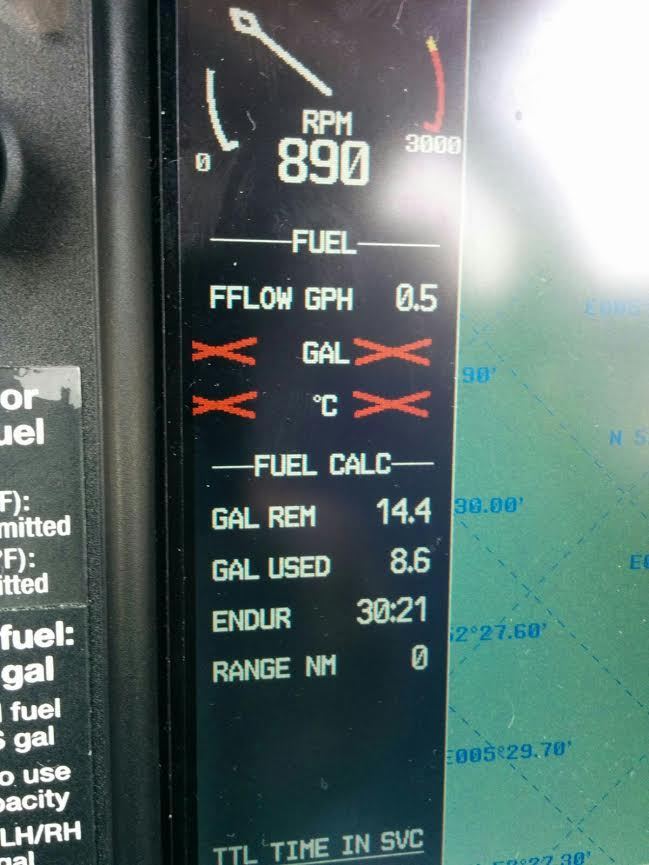I keep reading on other forums with increasing frequency how glass cockpits act up, often at the worst possible time. We’ve kind of lulled ourselves into thinking glass and solid state somehow is immune to trouble, but anyone who’s owned old electronics know that’s not true. What happens in about 5-10 years time when the first and second generation glass cockpits start acting up? Big red crosses that pop up in hard IMC and nobody in the world who can fix them without you sending your entire savings and every AHARS box to some clandestine repair facility for trouble shooting. The G600 is not by any means the first glass cockpit system. Chelton or Meggit units came long before that. Who services them when they break? Who will service the G600 when Garmin discontinues it?
Adam, I think they will be treated for what they are – computers. IOW, they will be swapped out (call it ‘upgraded’) at regular intervals before they act up, much like we do today with our work-critical computers and peripherals. What that will do to your retirement fund is, of course, a different matter altogether…..
As an aside, IMHO the above is also an excellent reason for keeping a rather ‘traditional’ cockpit and augment it by a couple if iPads. At least for the lower end of GA this works extremely well. Upgrading/swapping an iPad is financially a non-event. Swapping a G1000 not so much.
It does happen… I hear of many cases privately. The old Avidyne kit in the Cirruses generated a lot of reports of crashes (screen freezing and having to be rebooted). G500/600/1000 has been better by the sound of it but still crashes sometimes. More so in the DA40 and some reports from the Cirruses too.
The Aspen EFD1000 used to be terrible. I have a collection of photos from a few pilots showing big crosses right across. There are threads here on failures if one of the sensors fails e.g. loss of pitot tube. One of the pilots I know had 3 or 4 EFD1000s changed. They now seem to work OK. A part of the problem was bad installations of the remote sensor module on the roof (easy to get wrong) but the main unit failed a lot. The EA100 autopilot adaptor (KI256 emulator) also fails a lot according to one UK avionics shop. I suspect a lot of the issues are caused by thermal cycling because the AHRS gets very hot – too hot to touch even on a bench in free air. Thermal cycling always kills electronics eventually.
Chelton and Meggitt boxes did not see many installs in piston GA so I think there is a lot less reporting on forums and from GA pilots.
Garmin are basically a good company but the G500/600/1000 cannot be operated without dealer support. You need some config codes to get in, to change over modules. The install manuals have largely escaped into the wild a while ago but they don’t help fully. So with these products you must not upset all the dealers in your area 
None of these products are sealed so I expect they will suffer from moisture just as all past generations have done. How long it will take is a good question. They certainly won’t be serviceable. Even the ~1999 GNS430’s MM doesn’t contain useful repair info. So when Garmin stop selling replacement modules, the whole thing will be scrap. Look on page 34 of the PDF

Garmin will service the G600 etc years after mfg stops, but eventually they will drop it – like the GNS non-W boxes today. There is a lot of this around… the EFIS-40 (TBM700s and early 850s, many others) is now limited to replacing with overhauled modules, but at least “anybody” can do the replacement. Expensive… When the G500+ systems reach that stage, it will depend on whether Garmin dealers will be able to support them. I don’t know how it works.
Overall, the Garmin glass stuff seems more reliable than the separate instruments, but it’s very hard to do a meaningful comparison (even an anecdotal one) simply because the pilots that do the most flying do not seem to be flying the most modern planes. That much is obvious in Europe, though I would be amazed if it was the case in the USA. Also some old kit was very good (1990s King) while some was crap (Narco).
Problem reports from new (in-warranty) planes are depressed because of the need to maintain the dealer relationship. This is widespread in GA, which is a very small world. I got into a lot of trouble for ignoring that rule in 2002/2003. Most of the people who are willing to wash their laundry openly are flying old stuff 
Peter wrote:
Overall, the Garmin glass stuff seems more reliable than the separate instruments
It should, no moving parts etc (except for a million buttons and knobs). I have sort of a love/hate relation to EFIS’es. In a homebuild there are so many non-obvious up sides with an EFIS that simply cannot be ignored. Yet, a traditional layout of steam and with a pad/phone is by far the most “upgradable” and long lasting solution. Non-certified EFIS’es are also much cheaper than a certified one, so getting a brand new one in 20 years when it stops, isn’t such a disaster after all.
In my work aircraft engineering experience (large aircraft) nearly all modern EFIS failures and faults were related to power supply interrupts / spikes etc… I think maintaining and looking after the aircrafts power
supply / distribution system is often overlooked, certainly on one type I worked on the whole system was at critical loading due to avionics upgrades without corresponding power supply modifications.
In a few hundred hours of flying with the G1000 I have not experienced or heard of major problems with it. I have however witnessed transient failures of (all) the engine instruments which came back online within a couple of minutes or less. We have had more problems with accessories like stormscope and TAS than with the G1000 and airframe module. Within the last 24 months a TAS600 was installed then had to be sent off for repairs 12 months later, at the same time the stormscope failed, and 12 months after that another stormscope failure requiring changing the antenna.
Oh, I forgot about the failure of the turn coordinator. On this particular model there is actually an ordinary gyroscopic turn coordinator sitting behind the PFD.>>>>> The old Avidyne kit in the Cirruses generated a lot of reports of crashes (screen freezing and having to be rebooted
Where is that information coming from? I don’t know about other installations but in the Cirrus the Avidyne Entegra proved to be very reliable and there have been very few reports of the PFD failing.
I’ve flown a couple of hundred hours in a G1000 aircraft, and have experienced some instability issues:
G1000 Inflight Attitude Failure. I have had it twice. It could be related to loss of GPS signal.

G1000 Fuel instruments Failure. After a shutdown / restart it was gone.

G1000 Engine instruments failure. No picture of that error, but basically all the engine related data had a red X.
I got it working again by pulling the ENG INST CB.
With a glass cockpit system it’s important that you keep proficient flying on the analog backup instruments.
I don’t see what attitude could have to do with GPS !
But there’s more AI failures than PFD failures, i am sure. I had an AI and a TC failure in IR training.
Flyer59 wrote:
I don’t see what attitude could have to do with GPS !
Me neither, but that’s what the G1000 manual says (i.e. that AI alignment may fail if there was no GPS signal).
Brave new world 